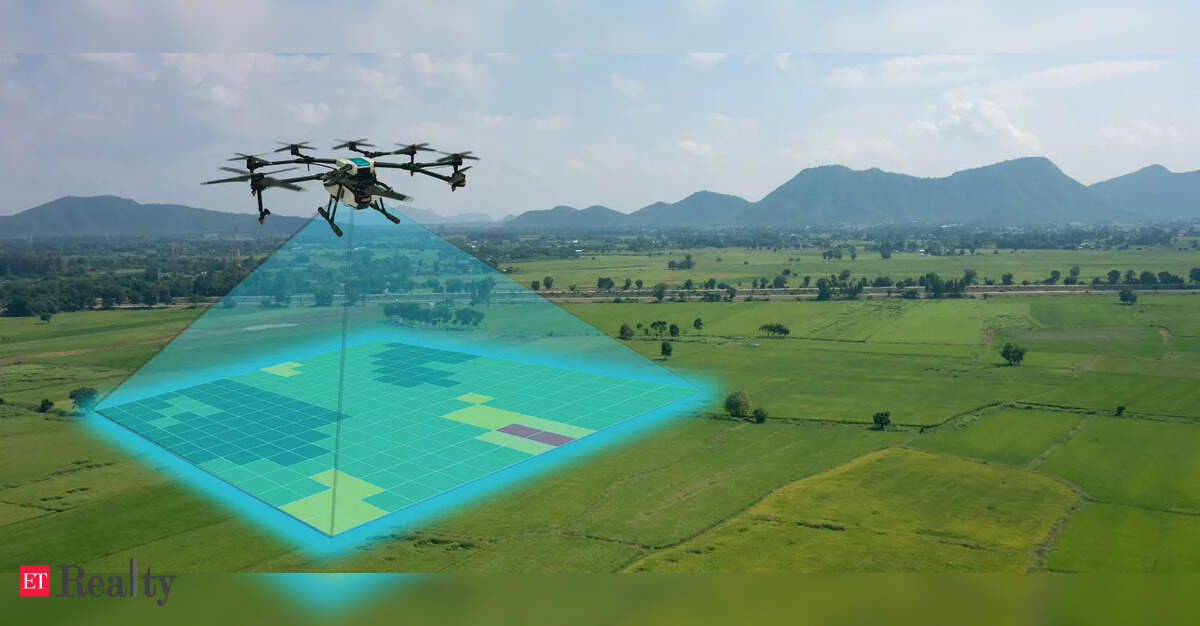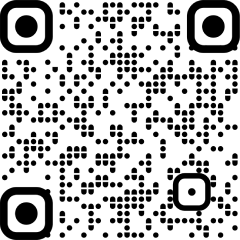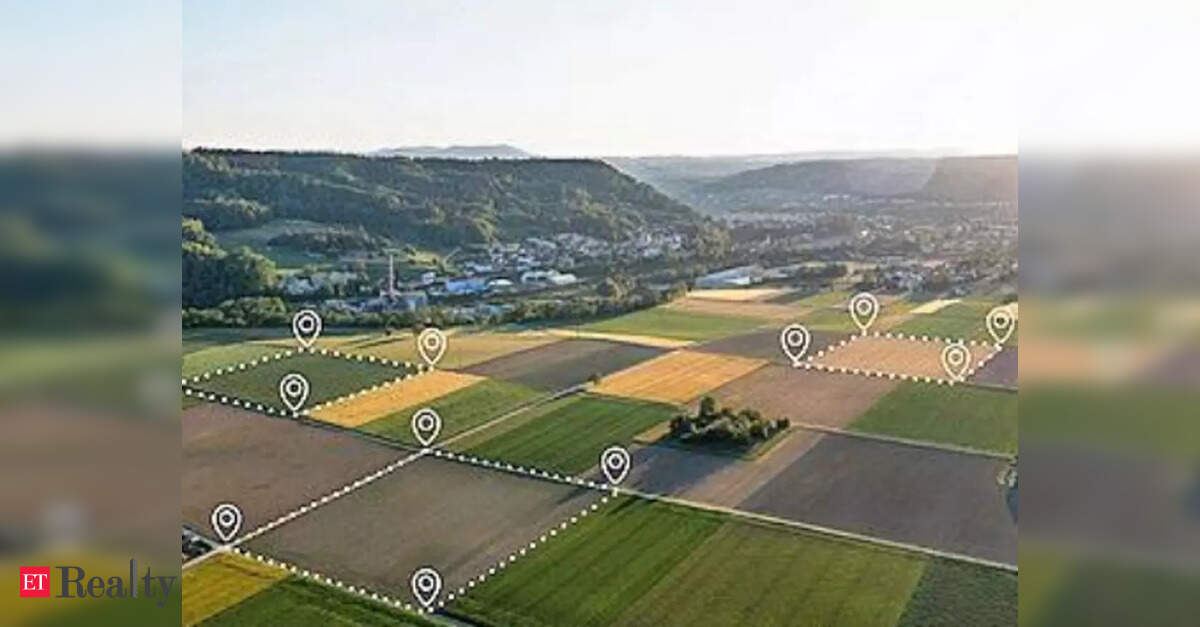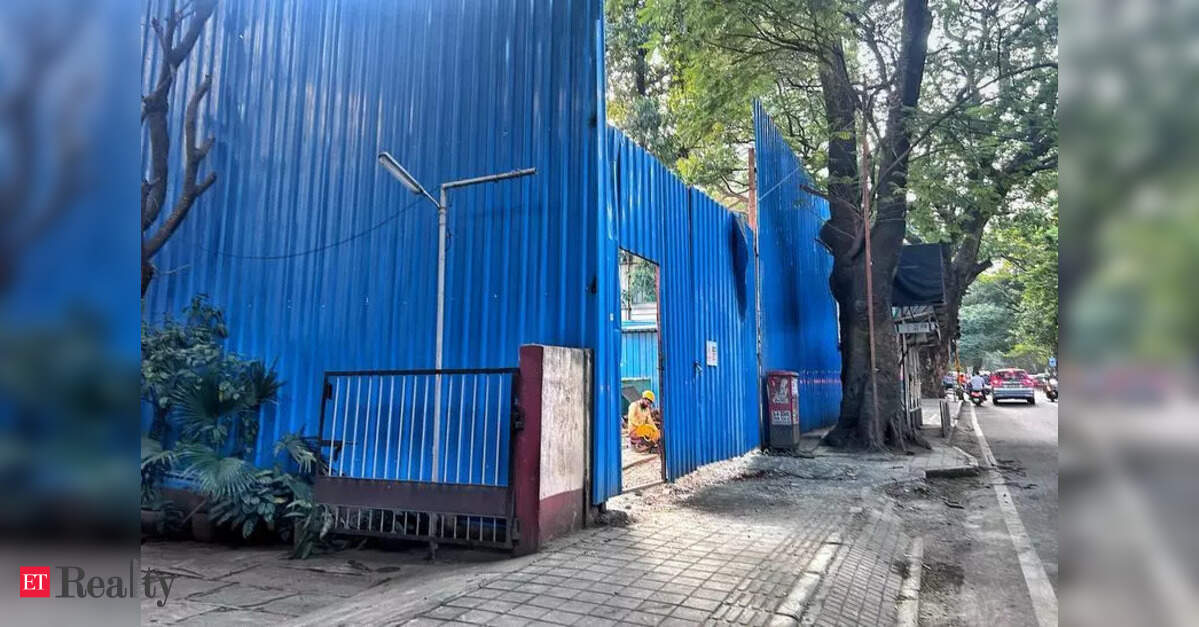Certainly! Here’s a rewritten version of the content:
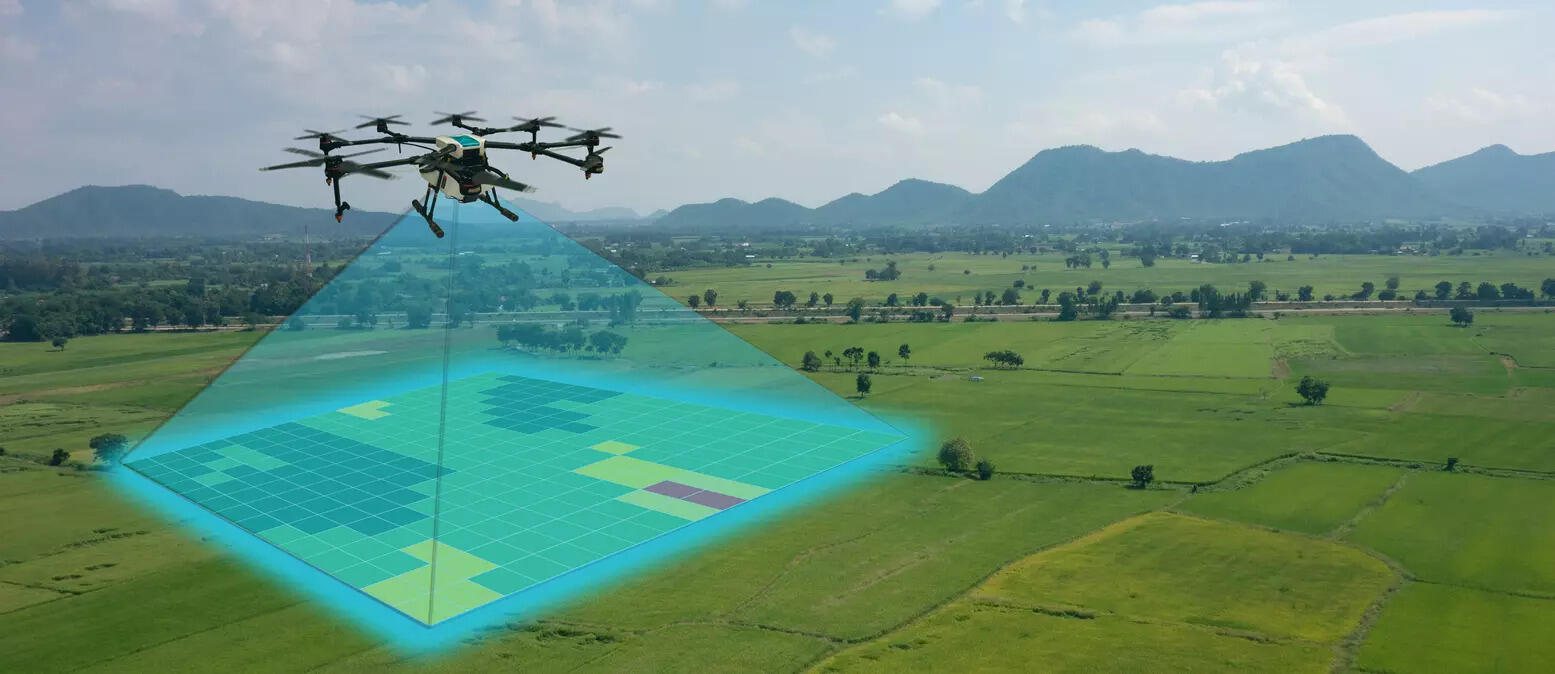
CHANDIGARH: The Haryana State Industrial and Infrastructure Development Corporation (HSIIDC) is enhancing its industrial infrastructure by digitizing its land bank module and aligning it with the India Industrial Land Bank (IILB).
According to an official announcement made on Monday, e-auction processes and post-allotment services are now available online.
The state is also advancing “plug and play” facilities through the establishment of flatted factories in strategic locations, including Industrial Model Township Faridabad, IMT Manesar Phase-V, Sohna, Kharkhoda, Karnal, Yamunanagar, and Saha.
Haryana is committed to becoming one of India’s most business-friendly states, taking bold and progressive steps in this direction.
During a video conference on Compliance Reduction and Deregulation led by the Union Cabinet Secretary, where various task force members and officials participated, Haryana’s Chief Secretary Anurag Rastogi expressed the state’s strong dedication to reducing compliance burdens, promoting deregulation, and improving the overall ease of doing business.
The Chief Secretary noted that action plans have been created for all 23 priority areas identified under the compliance reduction initiative. Of these, 15 are currently awaiting final approval from the central government, while two have already moved into the implementation phase.
The government is also addressing six additional priority areas where suggestions from the Government of India on the submitted action plan have been proposed.
Haryana has embraced inclusive and mixed-use planning, enabling compatible uses like residential, commercial, institutional, and public services within designated zones.
While red-category industries are allowed in industrial zones, agricultural zones permit all industries except red-category, significantly benefiting MSMEs.
Regulations for commercial activities in residential areas now depend on road classifications, with convenience shopping permitted in many zones. Institutional buildings and fuel stations are also authorized in nearly all areas, barring public utility and transportation zones.
The Change of Land Use (CLU) process has been streamlined, reducing the required documents from 19 to 5, with digital processing enhancing transparency and efficiency.
In line with the Haryana Building Code-2017, the state has implemented reforms to expedite construction approvals.
Low-risk industrial buildings can utilize self-certification, and occupation certificates are issued within eight working days upon submission of necessary documents. Third-party inspection agencies are also in place to ensure quality and address disputes.
On the environmental front, the Haryana State Pollution Control Board (HSPCB) now processes consent applications within 30 calendar days — effectively 21 working days — adhering to national standards.
Haryana has exempted white-category industries from needing any consents, eliminating unnecessary obstacles for non-polluting entities. Inspections require no additional documentation, with formats and checklists conveniently available online, according to the Chief Secretary.
The state plans to introduce legislation at the state level in line with the Jan Vishwas Act to decriminalize minor offenses and encourage trust-based governance.
Additionally, the state is overhauling the Invest Haryana Single Window System for all business-related approvals, planning to integrate it with the National Single Window System (NSWS) for a more straightforward investor experience.
The meeting included the presence of Commissioner & Secretary, Industries & Commerce Department, Amit Kumar Agrawal, along with senior officers from various departments.
This version refines and reorganizes the information while maintaining clarity and coherence.
